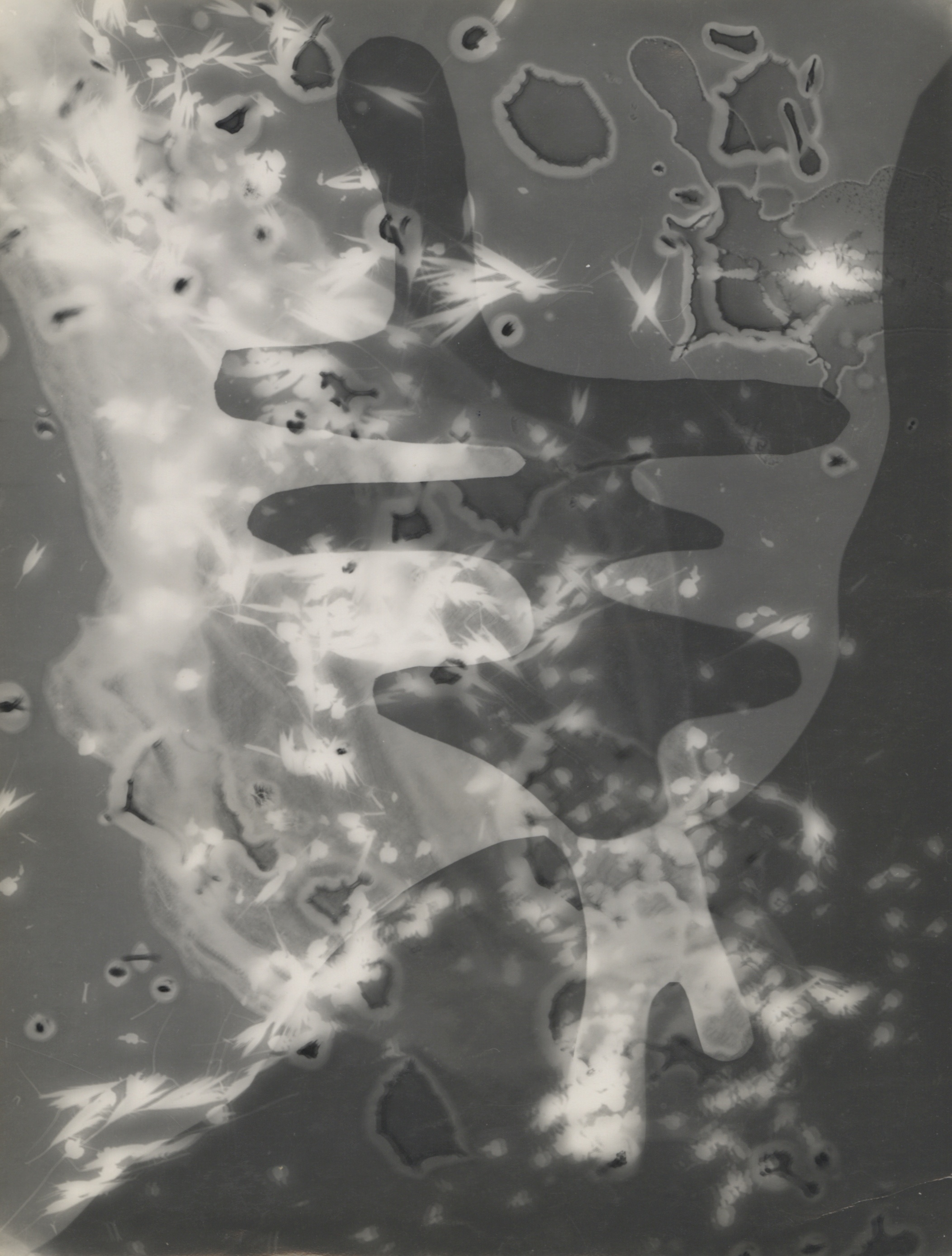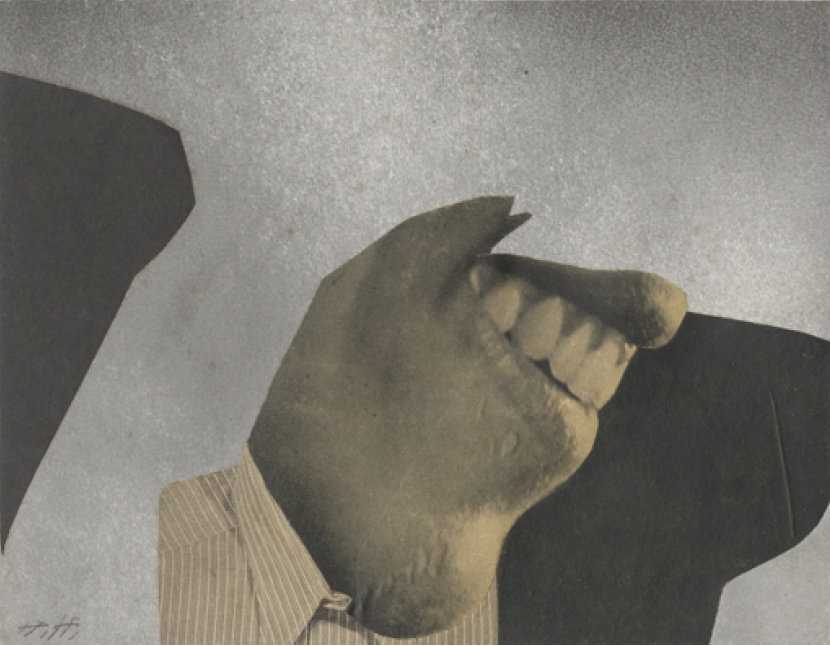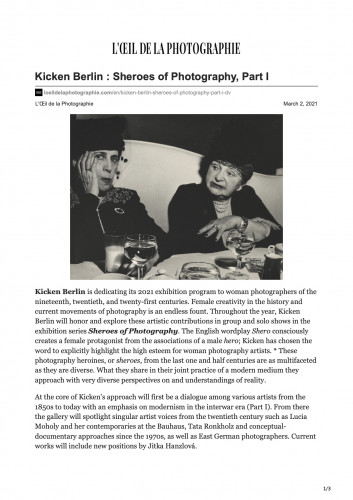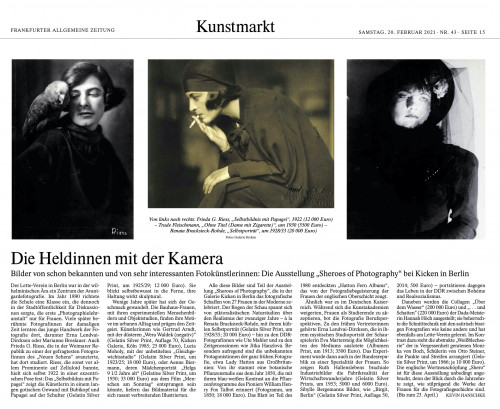Biography
From 1920 to 1922 Anneliese Hager (German, 1904-1997) apprenticed as a metallographer at Berlin’s Lette-Verein and then worked as an assistant for microphotography at Kaiser-Wilhelm-Institut until 1924. She started doing cameraless work since the mid-1930s, fashioning surrealist tendencies. Having lost her oeuvre in the Dresden air raids of 1945, she restarted her photogram work since the end of WWII. Also in 1945, she married the German painter Karl Otto Götz and participated with him in the artist group CoBrA. Hager, who since the 1950s got acquainted with avantgarde artists such as Paul Celan and André Breton, or Marta Hoepffner and Umbo, also pursued her work as a poet, writer and translator from French literature. She combined both poetry and photograms in her publications. She divorced from Götz in 1965 and since then lived secludedly, but kept publishing her surrealist work in diverse publications and magazines.
Her life's work was honored in 2022 with the exhibition White Shadow: Anneliese Hager and the Camera-less Photograph at the Busch-Reisinger Museum, Harvard Art Museums, Cambridge, MA.






